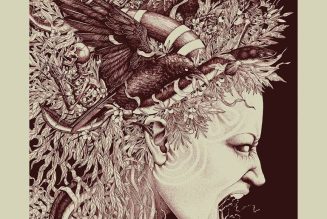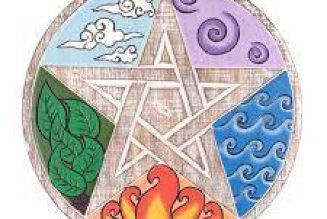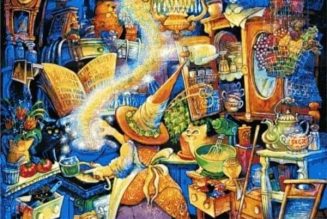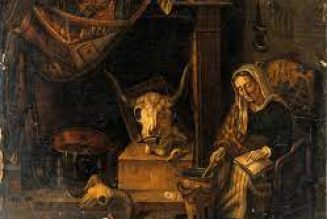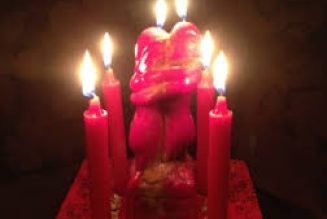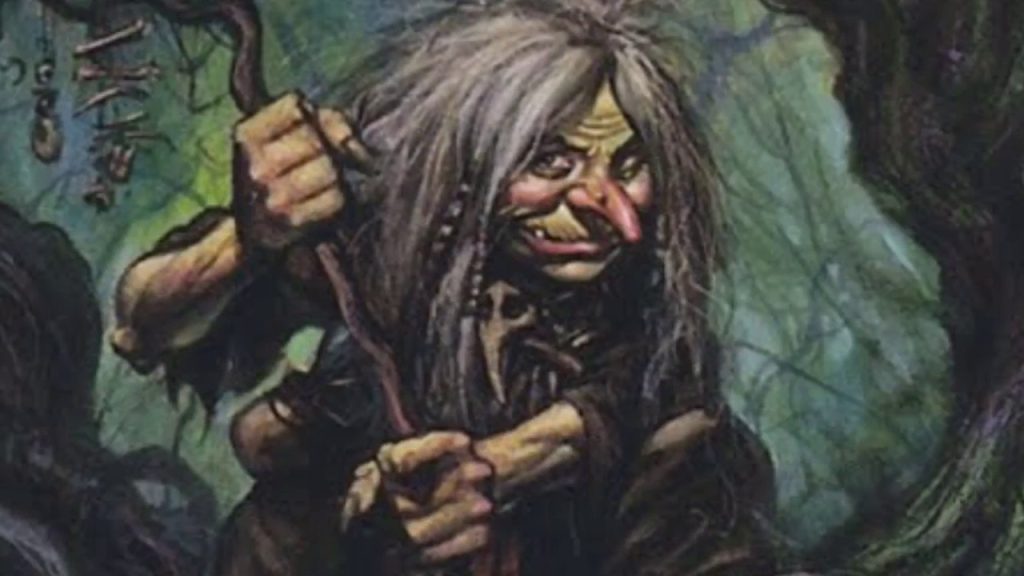
Fairies being creatures of the imagination, it is not possible to classify them by fixed and immutable rules. In the exact sciences, there are laws which never vary, or if they vary, their very eccentricity is governed by precise rules. Even in the largest sense, comparative mythology must demean itself modestly in order to be tolerated in the severe company of the sciences. In presenting his subjects, therefore, the writer in this field can only govern himself by the purpose of orderly arrangement. To secure the maximum of system, for the sake of the student who employs the work for reference and comparison, with the minimum of dullness, for the sake of the general reader, is perhaps the limit of a reasonable ambition. Keightley divides into four classes the Scandinavian elements of popular belief as to fairies, viz.: 1. The Elves; 2. The Dwarfs, or Trolls; 3. The Nisses; and 4. The Necks, Mermen, and Mermaids. How entirely arbitrary this division is, the student of Scandinavian folk-lore at once perceives. Yet it is perhaps as satisfactory as another. The fairies of Wales may be divided into five classes, if analogy be not too sharply insisted on. Thus we have, 1. The Ellyllon, or elves; 2. The Coblynau, or mine fairies; 3. The Bwbachod, or household fairies; 4. The Gwragedd Annwn, or fairies of the lakes and streams; and 5. The Gwyllion, or mountain fairies.
The modern Welsh name for fairies is y Tylwyth Teg, the fair folk or family. This is sometimes lengthened into y Tylwyth Teg yn y Coed, the fair family in the wood, or Tylwyth Teg y Mwn, the fair folk of the mine. They are seen dancing in moonlight nights on the velvety grass, clad in airy and flowing robes of blue, green, white, or scarlet—details as to colour not usually met, I think, in accounts of fairies. They are spoken of as bestowing blessings on those mortals whom they select to be thus favoured; and again are called Bendith y Mamau, or their mother’s blessing, that is to say, good little children whom it is a pleasure to know. To name the fairies by a harsh epithet is to invoke their anger; to speak of them in flattering phrase is to propitiate their good offices. The student of fairy mythology perceives in this propitiatory mode of speech a fact of wide significance. It can be traced in numberless lands, and back to the beginning of human history, among the cloud-hung peaks of Central Asia. The Greeks spoke of the furies as the Eumenides, or gracious ones; Highlanders mentioned by Sir Walter Scott uncover to the gibbet and call it ‘the kind gallows;’ the Dayak will not name the small-pox, but calls it ‘the chief;’ the Laplander calls the bear ‘the old man with the fur coat;’ in Ammam the tiger is called ‘grandfather;’ and it is thought that the maxim, ‘Speak only good of the dead,’ came originally from the notion of propitiating the ghost of the departed, who, in laying off this mortal garb, had become endowed with new powers of harming his late acquaintance.
Like
Comment
Share
